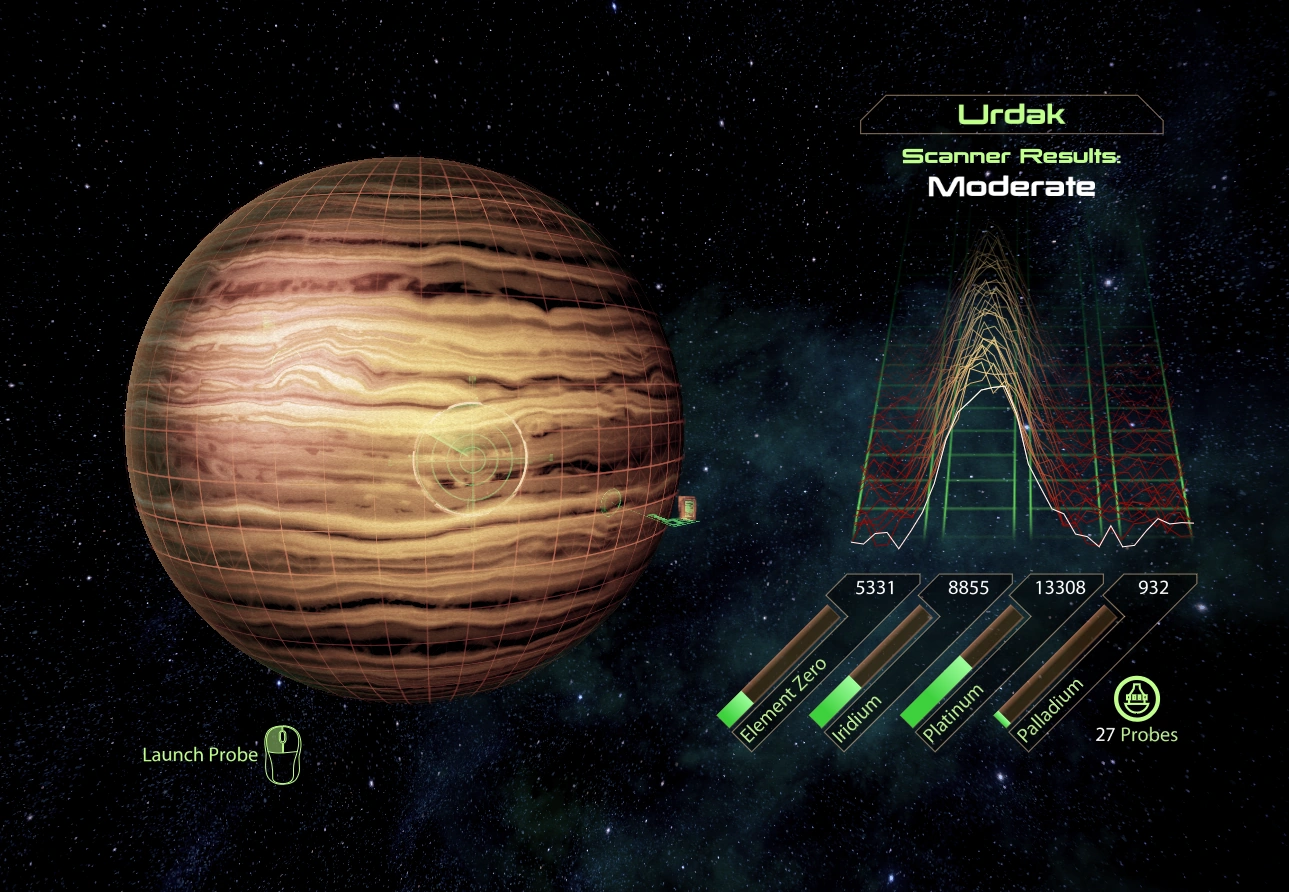The first recorded instance of the term “New Game+” was in 1995’s Chrono Trigger, where the option carried over almost all of the player’s progression, leaving them horrendously overpowered. More contemporary iterations on the concept have altered and tweaked the idea, with more notable versions, like the Legend of Zelda series’s “Hero Mode” and Borderlands “True/Ultimate Vault Hunter Mode” scaling up difficulty on a second playthrough. But today I want to talk about the original New Game+, the one that trivialized the gameplay in order for the player to freely explore alternate endings on their own terms.

A lot of modern RPGs have multiple endings, encouraging repeat playthroughs. At its core, this is a fine idea. But there’s a disconnect that arises when the game then demands that the player repeat the early game, which is totally linear and often contains lots of story exposition you already know. Some New Game+ modes increase difficulty to keep this early section fresh, but this just means you have to spend even longer on this part of the game that offers no choices that affect the ending — which is why we came to do a fresh playthrough in the first place.
Rarely do modern RPGs scale at a linear level to the player, the way SNES classics like Chrono Trigger and Final Fantasy VI did; most require the player to pause their story progression in pursuit of extra experience points to stay on top of the level curve. This is no more true than in New Game+ modes that increase difficulty; the distance between levels becomes bigger and you have to grind even longer just to stay on top of the main story quest.
This, in turn, encourages players to play it safe and try to optimize success, even if doing so is boring. This is especially true if the story elements interplay with the gameplay by providing combat and exploration bonuses, like extra companions in Fallout 4 or paragade points in Mass Effect. If I’m going to need to complete this character’s sidequests in order to get the levels I need to beat the Dark Lord, blowing him off to get the special ending could lock me out of getting any ending at all because I won’t be able to kill the final boss.

I never asked for more of THIS.
For games with multiple endings, scaling up difficulty on New Game+ is, in effect, defeating the purpose. Part of the beauty of the Chrono Trigger New Game+ was precisely that you could breeze your way through the linear early game. Fighting a higher-level Yakra isn’t what any of us came here for. Carrying through progression was a method to facilitate bypassing the stuff that wasn’t important to getting an alternate ending. It wasn’t SUPPOSED to be fun to fight Yakra super over-leveled, even if it may have been for you. Yakra was just a bump in the road to getting the Epoch and being able to really explore the alternate ending options.
The most obvious explanation for this is that studio publishers demand “more gameplay” in order to fulfill what they perceive as some mandatory game-hours quota, but we’ve know for years that quantity and quality aren’t mapped to a correlative curve. Perhaps the strangest thing about all this is that the shining example of making this multiple endings thing work has been around for 25 years and yet designers continue to think that this particular thing, that it trivialized the boring early game, is what it did WRONG?

Look, if I wanted to do the early game again in early game conditions, fighting wolves and slimes on equal terms, I would just start a new game. Nobody has ever stopped me from doing that. That’s why it’s called New Game Plus. There’s a Plus. Something extra you’re getting, a head start on the initial grind so you can jump right back to the fun part where you’re free to explore.
That being said, I don’t mind scaling up difficulty on repeat playthroughs of games with linear, fixed endings. In fact, I believe the inverse is true with these kinds of games. Adding depth to fixed endings through mechanical difficulty is pretty much the only place to go. But I think adding alternate endings accessible ONLY through this method is a mistake, unless the alternate ending in question becomes the only ending through dint of being on a repeat playthrough to begin with.
I think this all boils down to one basic principle: Find the focus of your game and keep your efforts centered there. You can supplement your rich story with engaging and deep combat mechanics — if you have the budget, absolutely do both! But players who want to see all the story endings shouldn’t be forced to engage with the combat mechanics or minigames in order to get what they’re here for if those mechanics don’t affect the story in any meaningful way.
As for Witcher 3, with its freely adjustable difficulty options… See me after class.
~Hans